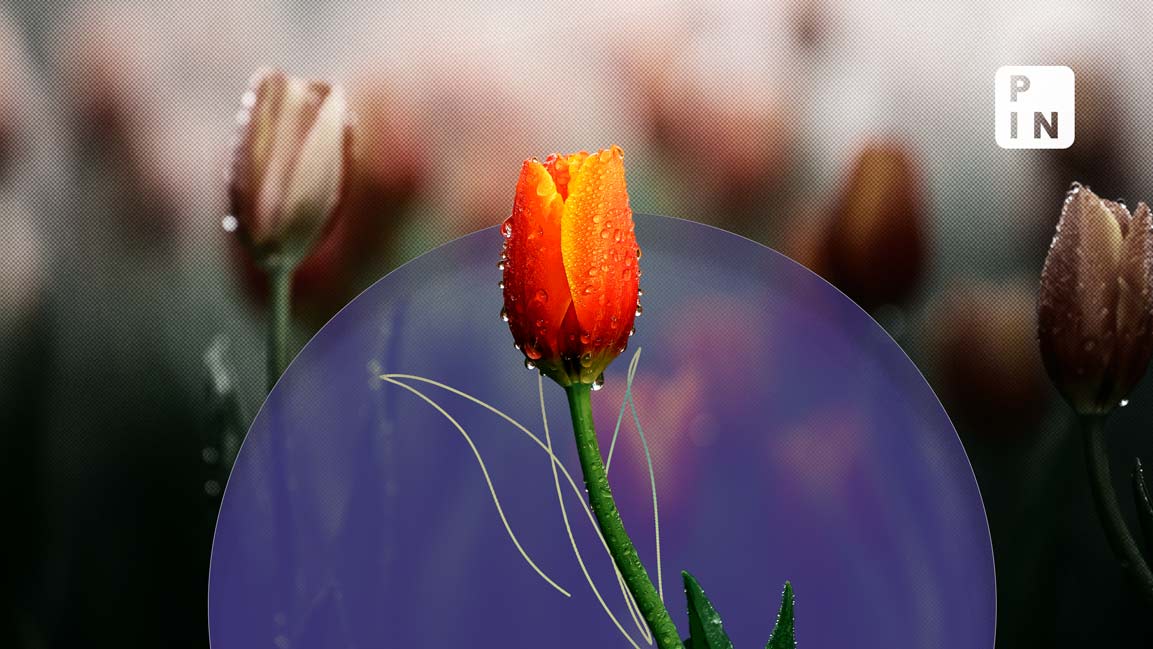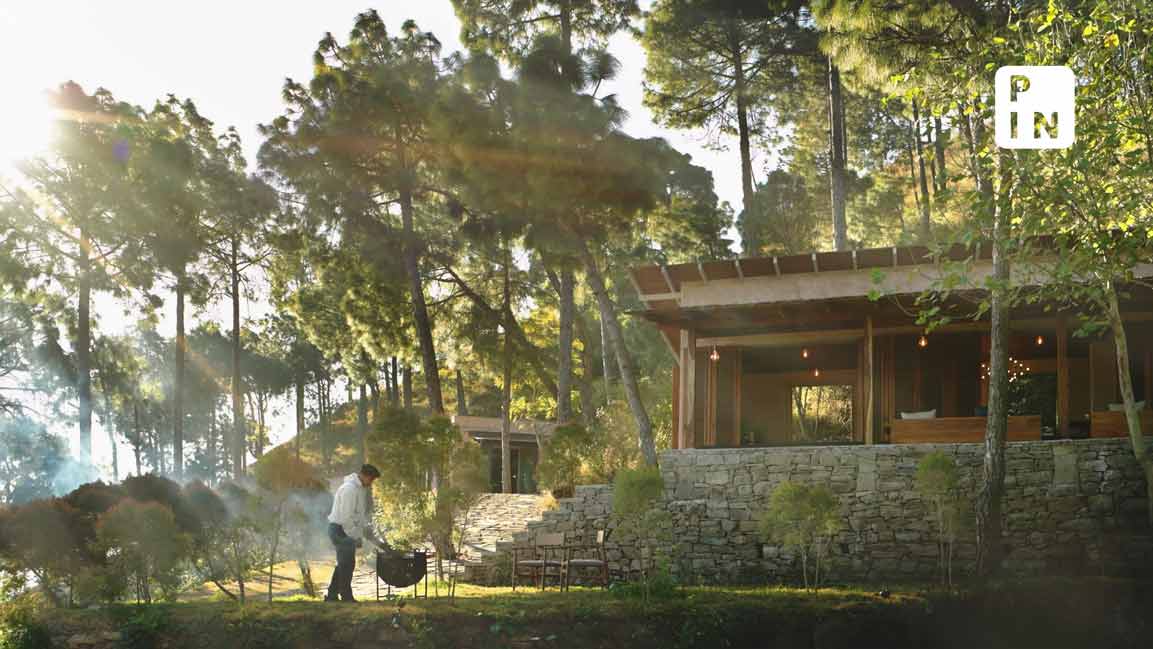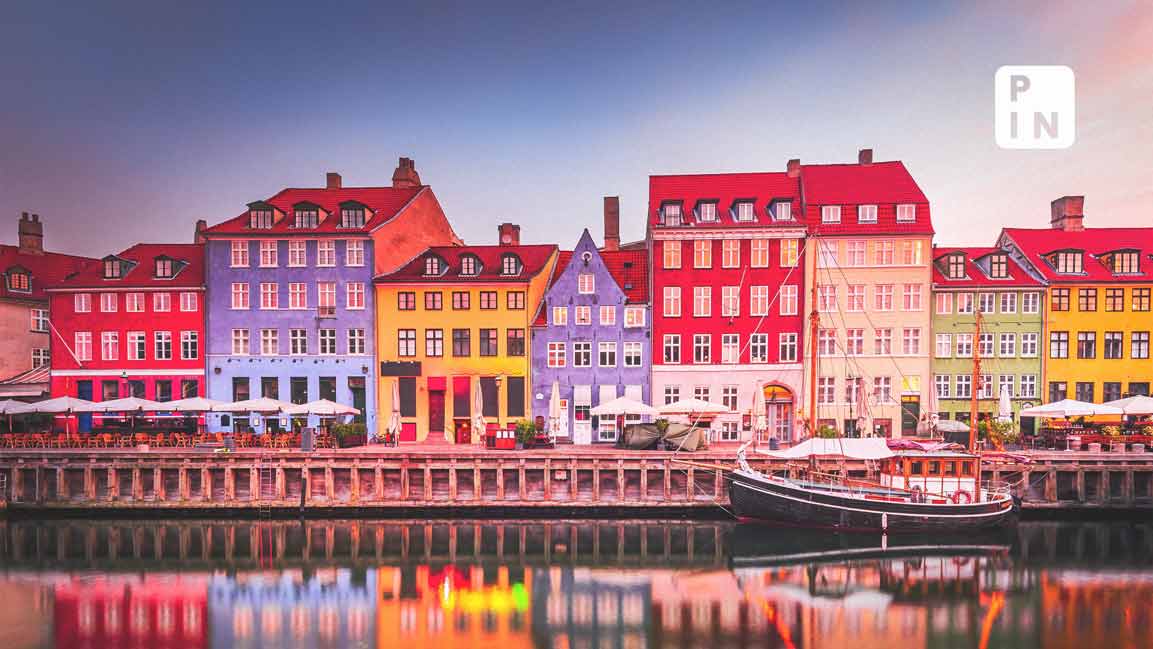- | 6:00 pm
Six shades of tulips set to transform Delhi into a floral paradise this spring
Civic authorities are planting about 300,000 tulip bulbs across the national capital

Beginning this week, civic authorities in India’s national capital will be busy planting about 300,000 tulip bulbs at designated spots in the city.
Should the plans proceed as intended, the capital city will see an abundant bloom of tulips this spring across central, west, and north Delhi, apart from architectural and political hub Lutyens’ Delhi.
Priced at about $0.30 each, the bulbs are being planted at New Delhi Municipal Corporation (NDMC) headquarters, Akbar Road, Shanti Path, Talkatora Garden, Central Park, Windsor Place Roundabout, Ashoka Road, India Gate, Mandi House, Parliament Roundabout, Vice President’s Bungalow vicinity, 11 Murti, and Race Course Road.
The NDMC will be overseeing the planting of 200,000 tulip bulbs within its jurisdiction, a significant increase from the 123,000 bulbs it planted last year and the import of 65,000 bulbs from the Netherlands in 2021. The Delhi Development Authority has been entrusted with the task of planting 100,000 tulip bulbs in its parks.
The Netherlands is the largest exporter of tulips, and the bloom has a long history within the country, dating back to the 17th century. The combination of favorable natural conditions, a rich history in tulip cultivation, and a robust trade infrastructure has positioned the Netherlands as the leading exporter of tulips.
In India, the ideal climate for tulip cultivation is found in Kashmir, some areas in northeastern India, and higher altitudes of the Himalayas.
Last month, the NDMC had inaugurated a tulip growth-cum-storage chamber at Lodhi Garden to cultivate tulip bulbs locally, reduce their imports and boost the availability of tulips in the country.
Tulips thrive in full to partial sunlight and should receive at least six hours of direct sunlight, which is typically lesser than what is required for other flowering plants. A chilly winter is also essential for the bulbs to produce healthy flowers in spring.
In the upcoming spring season, the tulip bulbs will blossom into flowers, showcasing a spectrum of six colors: white, yellow, red, pink, and two variations blending yellow-red and white-red hues.
Preparations on the ground have commenced as authorities plant seeds of different seasonal flowering plants at various roundabouts. The plants are expected to blossom with the onset of spring.
In a separate development, the Delhi high court this week pulled up officials from the Public Works Department and the Delhi government’s forest department, expressing dissatisfaction with their non-compliance with directives concerning the planting of trees along major roads.
The high court noted that 400 trees planted near South Extension, an upscale commercial hub in the capital, died due to insufficient supervision, lack of maintenance, and widespread car parking.
The high court has directed the authorities to set up a “dedicated monitoring cell” for effective supervision before reexamining the matter.













